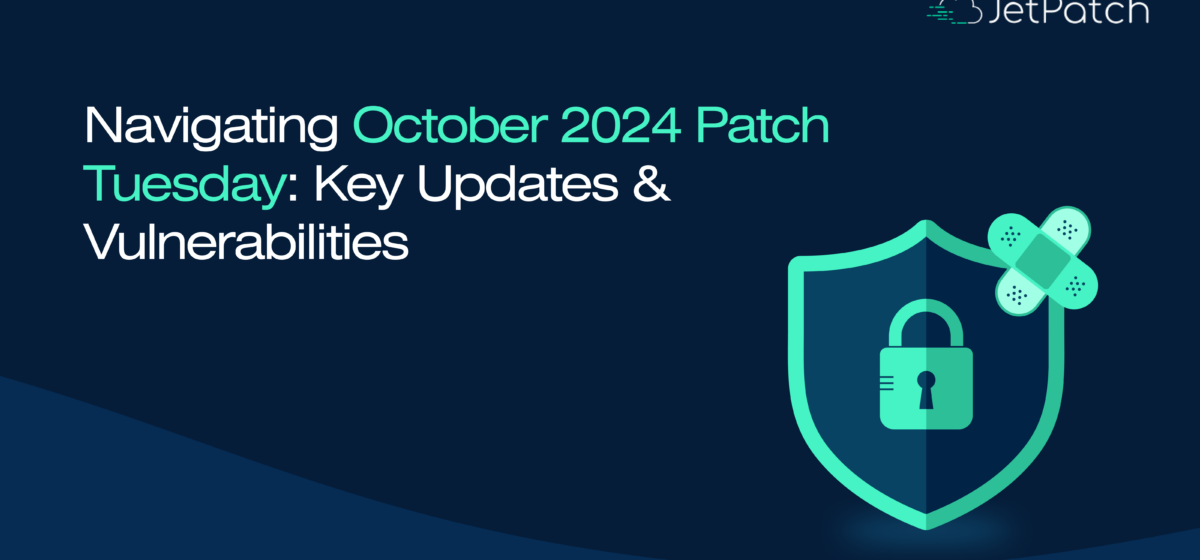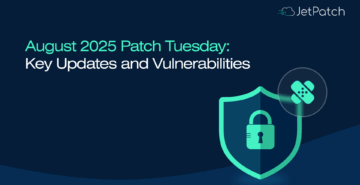Microsoft’s October 2024 Patch Tuesday tackled 117 CVEs, addressing critical vulnerabilities such as remote code execution flaws and multiple zero-day vulnerabilities. These updates are essential parts of Microsoft Security Update guide, crucial for safeguarding Microsoft Windows, Office, and Azure services integral to daily business operations.
The Scope of October 2024 Patch Tuesday Updates
The October 2024 Microsoft Security Updates comprehensively assessed 117 vulnerabilities, these vulnerability assessments covered categories including Elevation of Privilege and Remote Code Execution (RCE), vital for maintaining system integrity.
Here’s a breakdown of key vulnerabilities categories addressed this month:
- Elevation of Privilege: 37 vulnerabilities were patched that previously allowed unauthorized access escalation.
- Remote Code Execution (RCE): 30 vulnerabilities were corrected, crucial because they let attackers execute arbitrary code remotely.
- Information Disclosure: 22 instances were fixed, where sensitive data could have been exposed.
- Denial of Service: 15 vulnerabilities that could disrupt service operations, impacting business continuity.
- Spoofing: 13 vulnerabilities were resolved that involved falsification of user identity or network addresses.
Key CVEs Addressed in October 2024 Updates
Microsoft’s October 2024 Patch Tuesday introduced security updates for several critical vulnerabilities affecting various systems and services. Below are the most critical CVEs, with some being more likely to be exploited than others:
- CVE-2024-43572: Microsoft Management Console (MMC) Remote Code Execution
- Impact: Actively exploited in the wild, this flaw allows attackers to execute arbitrary code on the affected system.
- Severity: Critical
- Description: Attackers can exploit this vulnerability by convincing users to open a specially crafted MSC file, enabling remote code execution.
- CVE-2024-43573: Windows MSHTML Platform Spoofing
- Impact: A spoofing vulnerability affecting web-based platforms, potentially leading to sensitive data exposure.
- Severity: Moderate
- Description: By tricking users into accessing malicious content, attackers can mislead users regarding the legitimacy of web content.
- CVE-2024-43583: Winlogon Elevation of Privilege
- Impact: Elevates privileges of local attackers, allowing them to gain broader control over the system.
- Severity: High
- Description: Attackers with local access can exploit this vulnerability to execute processes with elevated permissions.
- CVE-2024-43609: Microsoft Office Spoofing Vulnerability
- Impact: Involves spoofing attacks where attackers misrepresent content or identity.
- Severity: Moderate
- Description: This vulnerability allows attackers to send misleading files or links, potentially leading to unauthorized access.
- CVE-2024-43560: Windows Storage Port Driver Elevation of Privilege
- Impact: Allows unauthorized users to escalate privileges, potentially compromising the security of storage operations and data management.
- Severity: High
- Description: If exploited, attackers could gain SYSTEM privileges, leading to a high risk of data breaches.
- CVE-2024-43468: Microsoft Configuration Manager Remote Code Execution
- Impact: Enables remote attackers to execute code on affected systems without prior authentication.
- Severity: Critical
- Description: Exploiting this vulnerability allows attackers to take full control of the system by sending malicious requests.
- CVE-2024-43582: Remote Desktop Protocol Server/ Code Execution
- Impact: A critical vulnerability enabling remote attackers to execute arbitrary code by sending specially crafted RPC requests.
- Severity: Critical
- Description: This flaw has the potential to be self-propagating if not mitigated promptly, making it a significant threat.
In-Depth Analysis of Critical and Zero-Day Vulnerabilities
October’s Patch Tuesday provided detailed security patch details on vulnerabilities like CVE-2024-43572, a critical Microsoft Management Console Remote Code Execution flaw. Such critical vulnerabilities and zero-day vulnerabilities pose severe risks:
- CVE-2024-43572 (Microsoft Management Console Remote Code Execution): Critical for administrators to address as it allows arbitrary code execution, posing a direct threat to system control.
- CVE-2024-43573 (Windows MSHTML Platform Spoofing): Moderately severe, this vulnerability could lead to information disclosure affecting the security of web interactions.
- CVE-2024-43583 (Winlogon Elevation of Privilege): This flaw allows attackers with local access to escalate their privileges, critical for maintaining system integrity.
- CVE-2024-43609 (Microsoft Office Spoofing Vulnerability): With a CVSS score of 6.5, this poses significant risks in misrepresenting content or identity, crucial for business communication security.
- CVE-2024-43560 (Windows Storage Port Driver Elevation of Privilege): This vulnerability can grant elevated privileges to unauthorized users, compromising the security of storage operations and data management.
| CVE ID | Impact | Severity Score | Previously Exploited? |
| CVE-2024-43572 | Remote Code Execution | Critical | Yes |
| CVE-2024-43573 | Spoofing | Moderate | Yes |
| CVE-2024-43583 | Elevation of Privilege | High | No |
| CVE-2024-43609 | Spoofing | Moderate | No |
| CVE-2024-43560 | Elevation of Privilege | High | No |
Security Enhancements and Patch Tuesday Impact
- Secure Boot and Windows Security Enhancements:
Updates to Secure Boot were pivotal this month, reinforcing the verification process to prevent unauthorized code execution at the system startup. This measure is crucial for thwarting root-kit and boot-kit infections that bypass traditional antivirus solutions.
- Windows Defender Enhancements:
Microsoft has upgraded Windows Defender with enhanced detection capabilities that leverage advanced heuristics and machine learning to identify and neutralize threats more effectively.
These updates are part of Microsoft’s broader initiative to integrate more robust security features directly into the operating system, ensuring comprehensive protection against a wide range of attacks.
- System-Wide Security Improvements:
The updates also extended to various core components such as the Windows Kernel and Microsoft Edge, addressing vulnerabilities that could potentially allow elevation of privilege, remote code execution, and information disclosure.
Implementing October 2024 Patch Tuesday Security Updates
For the effective application of the October 2024 security updates, follow these streamlined steps:
- Prioritization and Testing: First, identify and prioritize patches for critical vulnerabilities, especially zero-days. Test these updates in a controlled environment to avoid widespread system disruptions.
- Automated Deployment: Automate patch deployment across your networks, ensuring that updates are applied efficiently and on schedule. This helps reduce the manual efforts and potential for error that often come with traditional patch management methods, allowing your IT team to focus on other critical tasks.
- Monitoring and Documentation: After deployment, monitor systems for any operational issues or security gaps and keep detailed records of the update process for compliance and auditing purposes.
Conclusion
This October 2024 Patch Tuesday update addressed 117 critical vulnerabilities, including remote code execution flaws and zero-day threats. These vulnerabilities impacted key services like Microsoft Windows, Office, and Azure, underscoring the ongoing need for comprehensive and proactive security measures.
JetPatch streamlines the entire patch management process, from identifying relevant CVEs to automating deployment. By minimizing manual intervention, organizations can reduce their exposure to vulnerabilities while increasing operational efficiency.
With tailored solutions designed to meet each organization’s specific needs, JetPatch ensures precise control over patch scheduling and deployment, helping you maintain a robust security posture.
For more information, contact us to schedule a personalized demonstration today.


